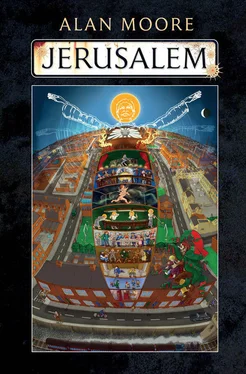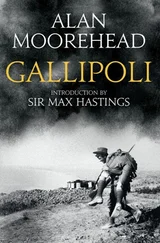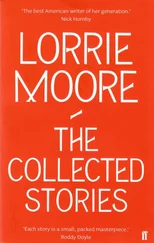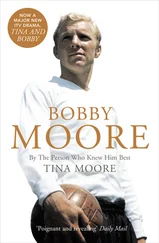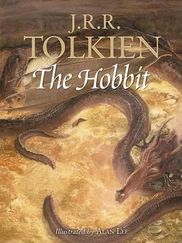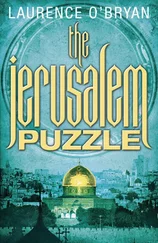To that end, he strides further on into the changed and only intermittently familiar library. He orients himself by the tall Abington Street windows in the north wall, where the filtered daylight pours down on display stands that now occupy an area which used to serve as the newspaper reading room. He can recall the register of local hoboes who once occupied the long-since vanished armchairs, most conspicuously if it happened to be raining. There would be Mad Bill, Mad Charlie, Mad Frank, Mad George and Mad Joe, possibly even Whistling Walter who, a shell-shocked veteran of the First World War, was the sole member of that company who suffered from a noticeable mental illness. All the rest were merely homeless and half-cut, though local folklore had attributed to each of them the ownership of blocks of flats in nearby towns. Conceivably, this inferred status as eccentric millionaires was dreamed up as justification for not giving any spare change to the down-at-heel, or at least that’s why Studs himself would have come up with that kind of a yarn. Progressing through to the main concourse of the venerable institution, he recalls a last-minute addition to his list of browsing bums, this being W.H. Davies who had scribbled down his Autobiography of a Supertramp there under those tall windows in among the muttering and probably infested throng. And now he thinks about it, didn’t Davies go on to collaborate with one of Warren’s heroes, cockney occultist and artist Austin Spare, on their arts publication Form ? The way Studs understands it Spare was an Edwardian weirdo who at one point claimed to have been William Blake in a prior incarnation, although he supposes this connection is too tenuous to be the kind of thing that his employer’s looking for. There’s nothing for it. He reluctantly accepts he’s going to have to do some heavy digging.
The best place to start, he reasons, is with Blake himself, the enigmatic figure at the centre of this cold case. Swiftly hunting down an oversized edition of the Lambeth visionary’s work, Studs finds himself a table and a chair where he can catch up with the skinny on his presumed victim. Skimming through the volume’s introduction he confirms that Blake’s dead, very dead, since 1827. The prime suspects seem to have been complications brought on by a bowel complaint, although some time before his death the poet himself had put the finger on the English Winter as a likely culprit. It’s a tempting theory, but Studs rapidly dismisses the frequently castigated season from the frame for want of motive. Without so much as a scrap of evidence providing any leads the case is going nowhere. Hell, it turns out they don’t even have a body yet, with both Blake and his wife dumped into a communal paupers’ grave at Bunhill Fields, their headstone giving only an approximate location for the pair’s remains. The other well-known literary occupants of the East London cemetery, Bunyan and Defoe, both known to have made journeys to Northampton town and to have written on their travels here, are marked by a sarcophagus and obelisk respectively. Why couldn’t it be one of them that Warren was obsessed by?
With a bad mood coming on he flips through the remainder of the intro, anxious for the consolation of the plates, perhaps a touch of Glad Day to lift up his spirits. What he finds he has forgotten is the great predominance of gloomy or downright disturbing images that typify the noted angel-whisperer’s oeuvre. Here’s Nebuchadnezzar crawling nude and horror-stricken through a subterranean underworld, while here’s the corpulent Ghost of a Flea embarking out onto its twilight stage, a bowl of blood held proudly up before it. Even on those pages where the ghouls and monsters are not present, such as the entirely saint-and-seraph decorated and yet overwhelmingly funereal Epitome of James Hervey’s Meditations among the Tombs , a graveyard damp is everywhere. Belatedly Studs realises why that last Blake exhibition at Tate Britain some time back, in company with his contemporaries Gilray and Fuseli, was subtitled Gothic Nightmares . He reflects that if Blake doesn’t turn out to have a Northamptonshire connection then he ought to have, sporting a dismal attitude like that. Northampton was the birthplace, in Studs’ estimation, of the modern Gothic movement and the painter, poet and print-maker’s obvious preoccupation with mortality would have gone down a storm at any of those early Bauhaus gigs.
He finds that he is mumbling the chorus of “Bela Lugosi’s Dead” beneath his morning coffee breath and lets his thoughts drift from the job in hand back to those black and silver nights of twenty, thirty years ago. Studs had been one of the Grand Guignol troupe that gathered like Carpathian fog around Bauhaus 1919, as the ensemble of good cheekbones were then known. There had been Studs himself, and Uber-roadie Reasonable Ray. There had been lead guitarist Danny’s otherworldly brother, Gary Ash, and naturally there had been Little John. From what Studs can recall about the genesis of twentieth-century Gothic there had never been a morbid master-plan or style agenda underlying all the vampire references and the haunted Delvaux railway stations on the picture sleeves. That stuff had all emerged from individual members of the band and, by extension, from the town that they’d grown up in; from its creepy thousand-year-old churches, from its sectioned poets, immolated witches, heads on pikes, dead queens and captured kings, this mould and madness all distilled into Pete Murphy channelling Iggy Pop over a weave of Ash’s riffs from an internal biker film and the aortal rhythm section of the brothers David J and Kevin Haskins. And from these absurdly entertaining origins a flood of mortuary chic, flensed pallor and cadaver soundtracks had arisen to engulf the Western world in melancholia and makeup, yet another purely local fever escalating into a pandemic.
On the soft peripheries of Studs’ hungover vision a septuagenarian in a rose anorak heads for Military History like a scud. He sits surrounded by cloud-chamber sibilance, letting his gaze rest on the open book without focussing the attention. The plate swims and its predominating blacks swirl into a miasma, a vortex of mausolea, a dark whirlpool opening before him as if some hired goon has just cold-cocked him with a sap. Meditations among the Tombs . He thinks back to the evening of the funeral for Little John, the patrons of the Racehorse wading waist-deep, wonderstruck, through the lamenting little guys in town for the event, fifty or sixty of them on a Lilliputian pub crawl up the Wellingborough Road and what must it have been like when they started singing? Nobody there from the Persian royal family, by all accounts.
It had all been to do with the potential stain upon the bloodline, as Studs understands it. Given all the enemies that Little John’s U.S.-supported tyrant granddad had in Persia back then in the ’Fifties, just a few years after he’d been parachuted into power, it was decided that for the Shah’s daughter to produce a malformed child would simply be providing these antagonists with ammunition. Better to pack off the infant to the other end of nowhere, somewhere so obscure that nobody would ever hear his name again or even know of his existence. Like Northampton. Was it any wonder he and John had ended up among the Bauhaus entourage, surfing the purple velvet and the glitter? They were two of the town’s many Gothic flourishes.
The library drifts in and out of form about him and for some reason he finds himself remembering a wholly nondescript perambulation in the company of the hard-drinking dwarf, with John’s complexion scourged by alcohol until towards the end there was more blotch than face. Where had they been that day, the two of them, and why should he be thinking of it now? Studs has a ghostly memory of the Jazz Butcher as being somehow part of the event, although he doesn’t think that the impressively credentialed singer-songwriter had actually been present on the unremarkable occasion that is inexplicably obsessing him. More likely he and Little John had either both been on their way to visit the musician or were otherwise returning from just such an interlude, trudging the sulking backstreet rows between the Butcher’s house up near the Racecourse and the draughty chute of Clare Street closer to town centre. Where exactly was it taken, the imaginary snapshot that seems stapled to Studs’ forebrain, with the little man stamping ahead of him through thin gunmetal puddles down a silent strip of houses? Was it Colwyn Road or Hood Street? Hervey Street or Watkin Terrace? All that he remembers is the picked-scab paintwork and the greying gauze of the net curtains over …
Читать дальше
